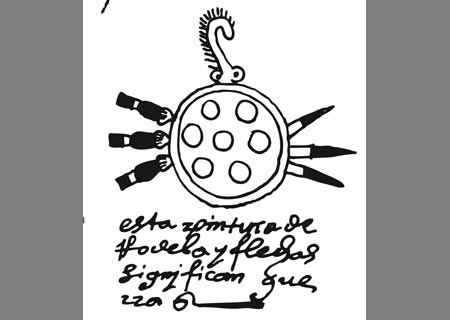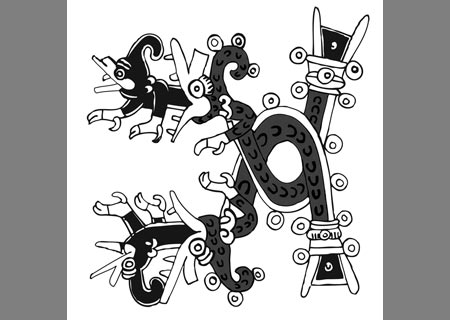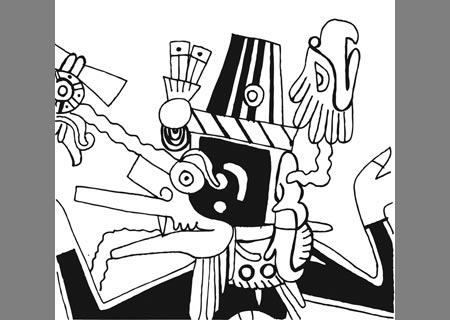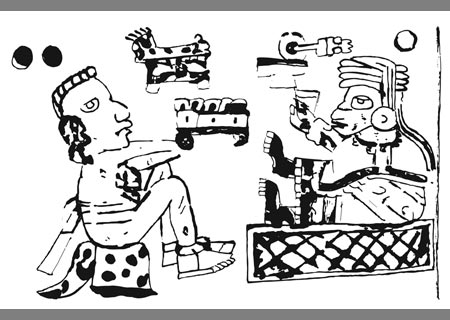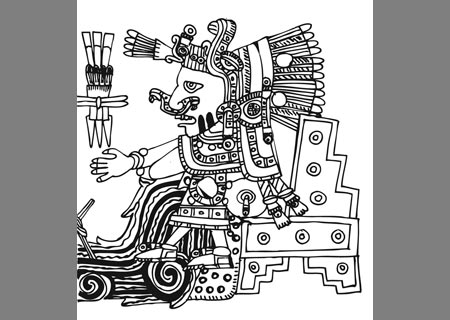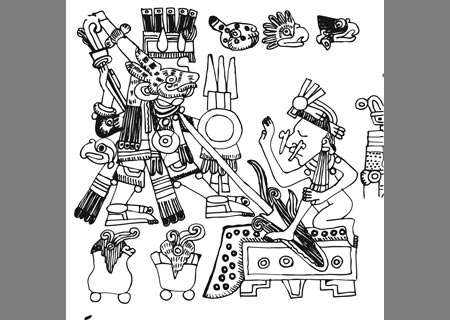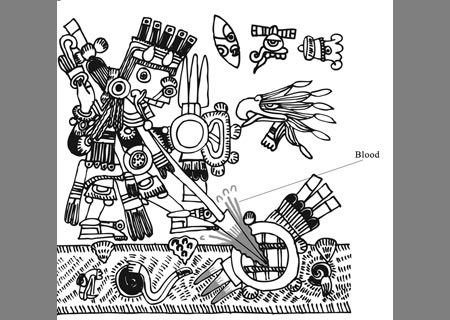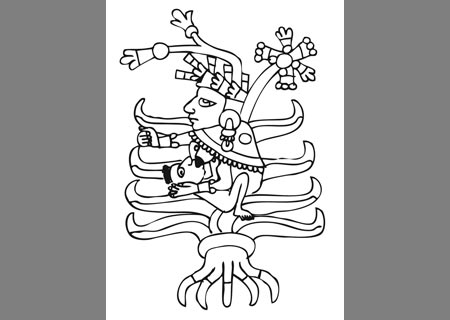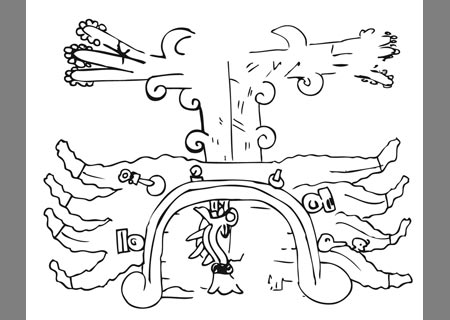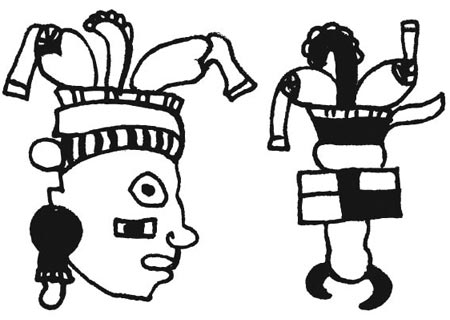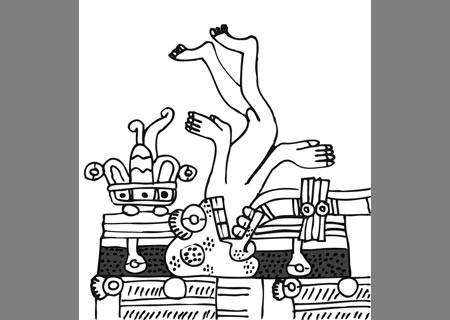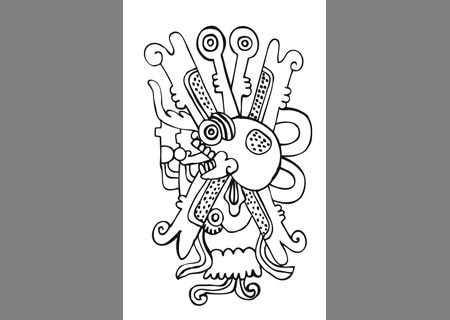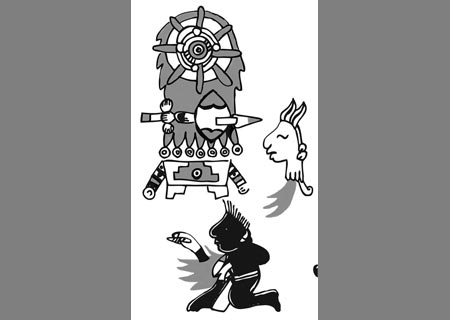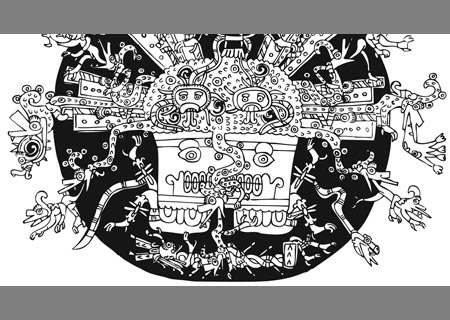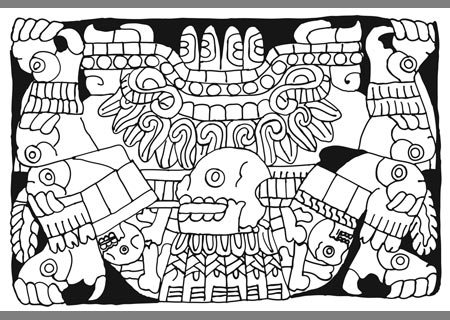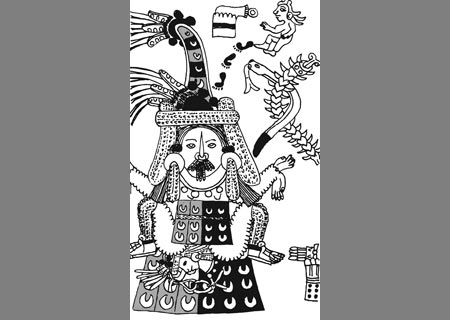“Secret Language” in Oral and Graphic Form: Religious-Magic Discourse in Aztec Speeches and Manuscripts
- Volume 25, Number 2
- Katarzyna Mikulska Dąbrowska
- View PDF | Download PDF
- http://journal.oraltradition.org/issues/25ii/dabrowska
Abstract
The purpose of this paper is to analyze a particular linguistic register of the Nahua (Aztec) people that has been classified as “magical-religious” because it was used for communication with the sacred realm. A hypothesis is developed that in the Mesoamerican pictographic calendar-religious manuscripts, which treat matters strictly linked to the supernatural world, a similar register should be evident. Far from considering the information presented in these resources as resulting from the direct transcription of oral language, the idea is that the graphic form represents elements emblematic of orality, although adapted to this particular context and mode for expression.
eCompanion

Fig. 1. Priests in array of eagle and fire serpent. Vindobonensis Codex (lam. 48).
Redrawn by Nadezda Kryvda.


Fig. 2. Drum called Huehuetl de Malinalco.
Redrawn from Alcina Franch et al. (1992:fig. LXII) by Nadezda Kryvda.
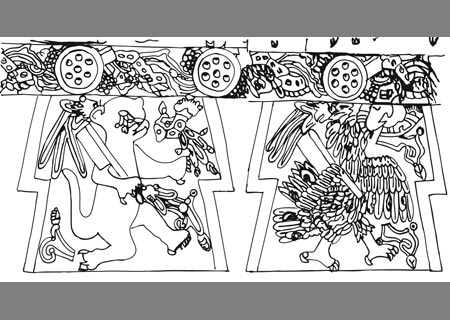

Fig. 8b. The god of the Underworld, Mictlantecuhtli. Cospi Codex (lam. 7).
Redrawn by Nadezda Kryvda.
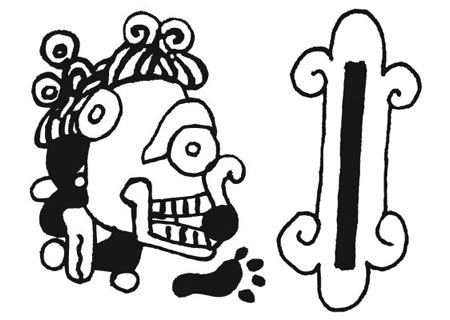

Fig. 9a. The temple of South decorated with tlaquaquallo elements. Cospi Codex (lam. 13).
Redrawn by Katarzyna Mikulska Dąbrowska.


Fig. 12a. Graphic representation of water as precious liquid. Borgia Codex (lam. 50).
Redrawn by Katarzyna Mikulska Dąbrowska.
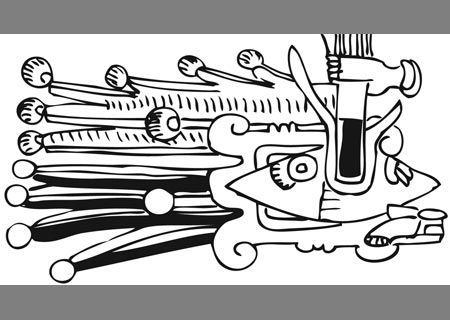

Fig. 12b. Graphic representation of water as precious liquid. Borgia Codex (lam. 50).
Redrawn by Katarzyna Mikulska Dąbrowska.
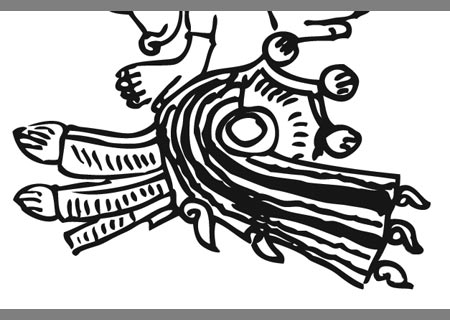

Fig. 14a. Graphic representation of “god pot.” Borgia Codex (lam. 31).
Redrawn by Katarzyna Mikulska Dąbrowska.
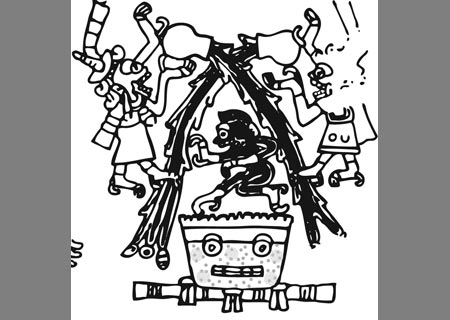

Fig. 14b. Graphic representation of “god pot.” Borgia Codex (lam. 32).
Redrawn by Katarzyna Mikulska Dąbrowska.








